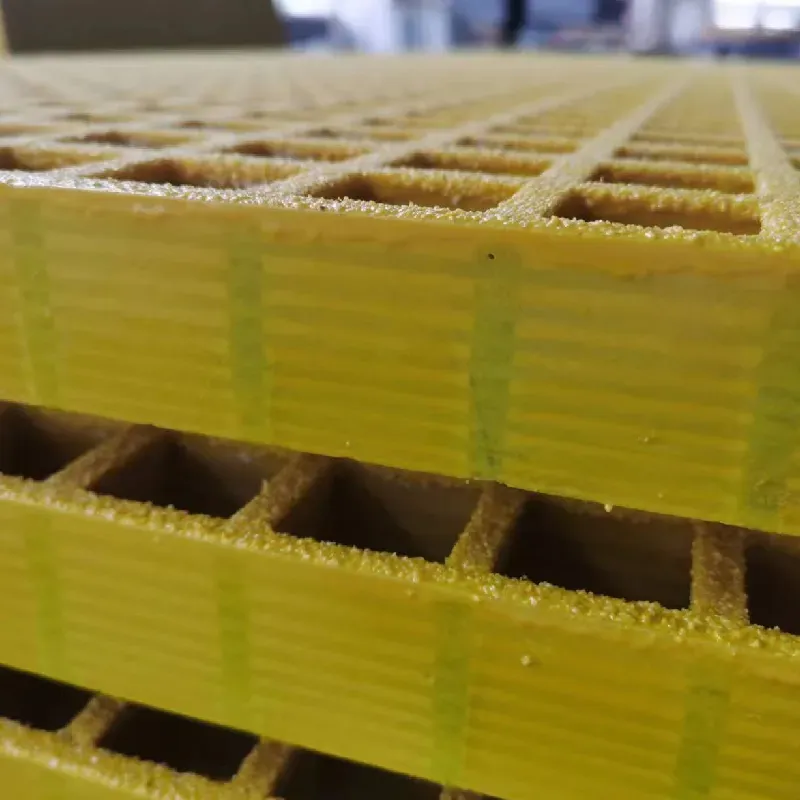loading...
- No. 9, Xingyuan South Street, Dongwaihuan Road, Zaoqiang County, Hengshui, Hebei, China
- admin@zjcomposites.com
- +86 15097380338
- Welcome to visit our website!
Creating Effective Structural Profiles for Enhanced Project Performance and Analysis
Exploring Structural Profiles A Key Element in Modern Design and Architecture
In the realm of design and architecture, the term structural profiles refers to the specific shapes and configurations of materials that provide strength, durability, and aesthetic appeal to structures. Understanding these profiles is crucial for architects and engineers as they navigate the intricate balance between functionality and beauty in their projects. This article delves into the significance of structural profiles, their various types, and their application in modern construction.
The Importance of Structural Profiles
Structural profiles are essential for ensuring the integrity and stability of a building or structure. They dictate how forces such as tension, compression, torsion, and shear are distributed throughout a design. An appropriate selection of structural profiles can enhance load-bearing capacity, optimize material usage, and increase the longevity of a structure. Moreover, they contribute to the visual identity of a building, with innovative profiles often becoming a signature style for renowned architects.
Types of Structural Profiles
1. I-Beams I-beams, characterized by their 'I' shape, are one of the most commonly used structural profiles in construction due to their high strength-to-weight ratio. They are ideal for spanning large distances and are predominantly used in steel construction. I-beams efficiently support vertical loads while minimizing the amount of material required.
2. C-Channels Often used in bracing and framing systems, C-channels are U-shaped profiles that provide excellent resistance to bending. They are lightweight and versatile, making them a popular choice for various applications, from residential buildings to industrial structures.
3. Hollow Sections These profiles, which include square and rectangular tubes, provide high strength and stability while maintaining a lightweight structure. Hollow sections are widely used in architectural applications due to their aesthetic appeal and structural efficiency.
structural profiles

4. T-Beams Comprising a flange and a web that takes the form of a 'T,' T-beams are commonly used in reinforced concrete. They are particularly effective in resisting bending moments and are often used in flooring systems.
5. L-Beams These angle profiles are useful for creating joints and connections within structures. L-beams can be employed in both steel and concrete applications, providing sturdy support while minimizing the overall weight of the construction.
Innovations and Trends in Structural Profiles
As the construction industry evolves, so too do the materials and methods used for creating structural profiles. Recent innovations include the utilization of composite materials, which merge the benefits of traditional materials like steel and concrete with enhanced properties such as reduced weight and increased resistance to corrosion. Engineers are also exploring digitally fabricated profiles, allowing for customized shapes that meet specific demands of modern architectural designs.
Sustainability is another critical trend influencing structural profiles. Environmentally-conscious architects are increasingly opting for profiles that allow for maximum energy efficiency and reduced material waste. By employing techniques such as modular construction and employing renewable materials, designers can create structures that not only serve their function but also tread lightly on the environment.
Conclusion
Structural profiles are a fundamental aspect of modern architecture and engineering, influencing both the aesthetics and functionality of buildings. The choice of appropriate profiles can significantly enhance a structure's performance while contributing to its distinctive design. As technology advances and sustainability becomes paramount, the exploration of innovative structural profiles will undoubtedly play a crucial role in shaping the future of construction. By understanding and applying these profiles judiciously, designers and engineers can create structures that are not only practical but also visually striking, ensuring their place in the ever-evolving landscape of architecture.
-
The Rise of FRP Profiles: Strong, Lightweight, and Built to LastNewsJul.14,2025
-
SMC Panel Tanks: A Modern Water Storage Solution for All EnvironmentsNewsJul.14,2025
-
GRP Grating: A Modern Solution for Safe and Durable Access SystemsNewsJul.14,2025
-
Galvanized Steel Water Tanks: Durable, Reliable, and Ready for UseNewsJul.14,2025
-
FRP Mini Mesh Grating: The Safer, Smarter Flooring SolutionNewsJul.14,2025
-
Exploring FRP Vessels: Durable Solutions for Modern Fluid HandlingNewsJul.14,2025
-
GRP Structures: The Future of Lightweight, High-Performance EngineeringNewsJun.20,2025
